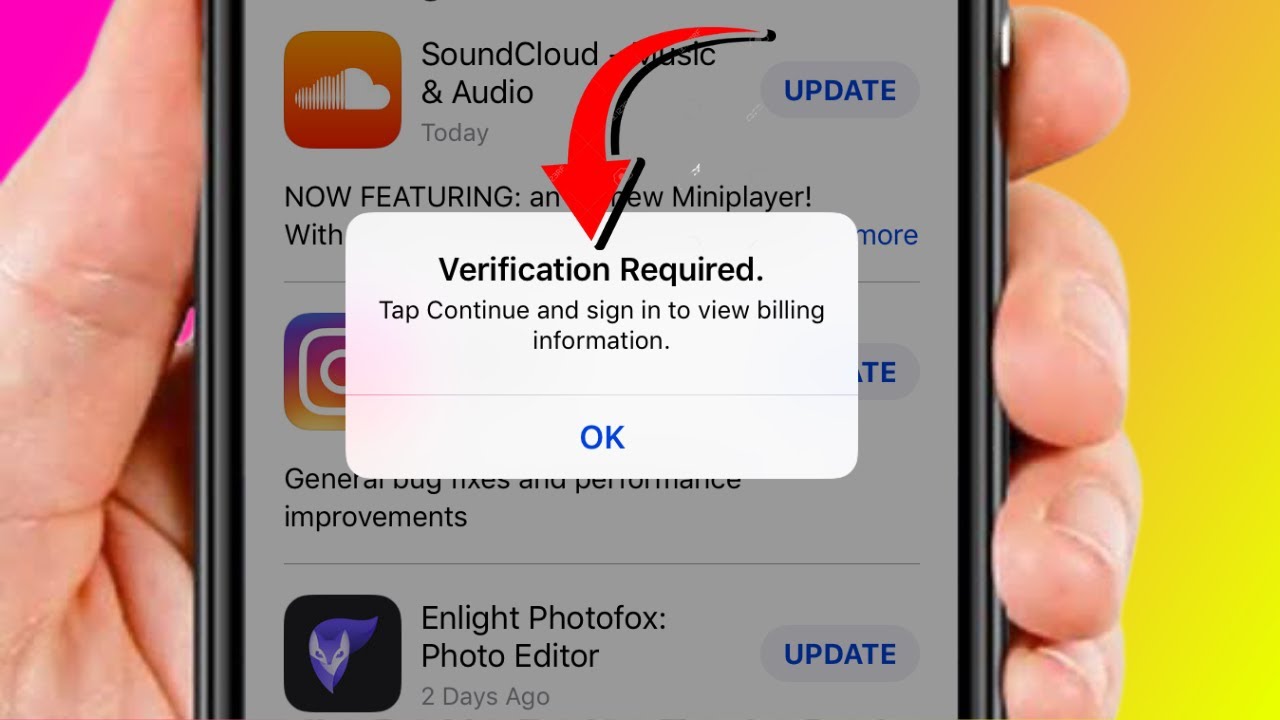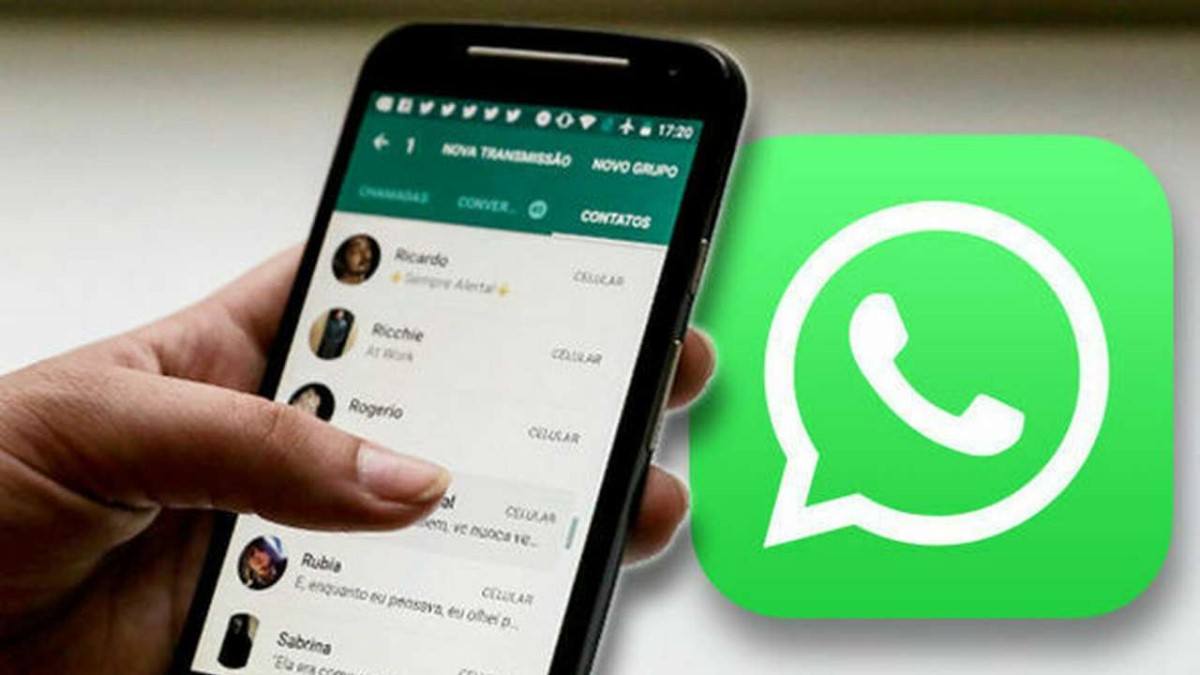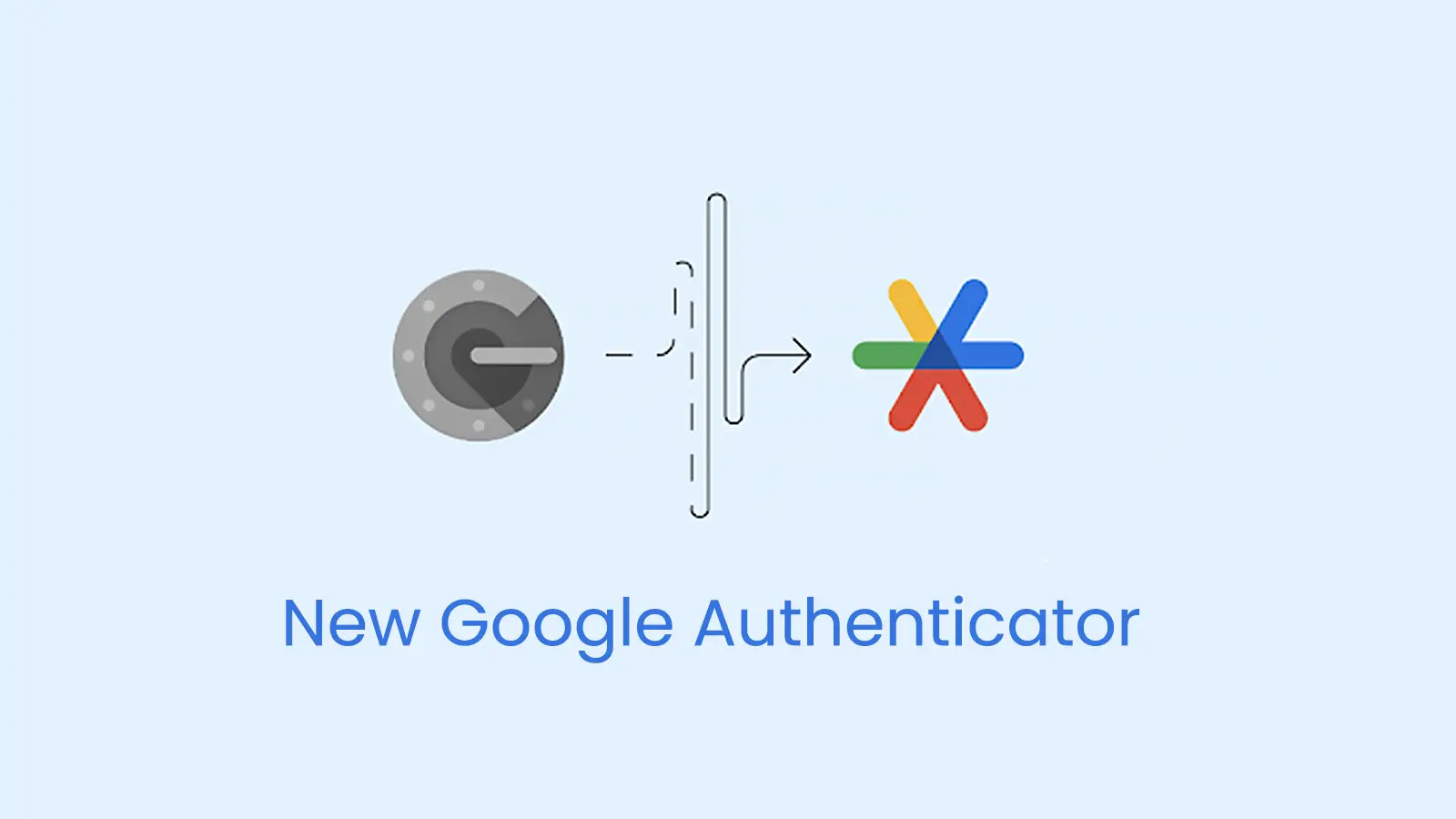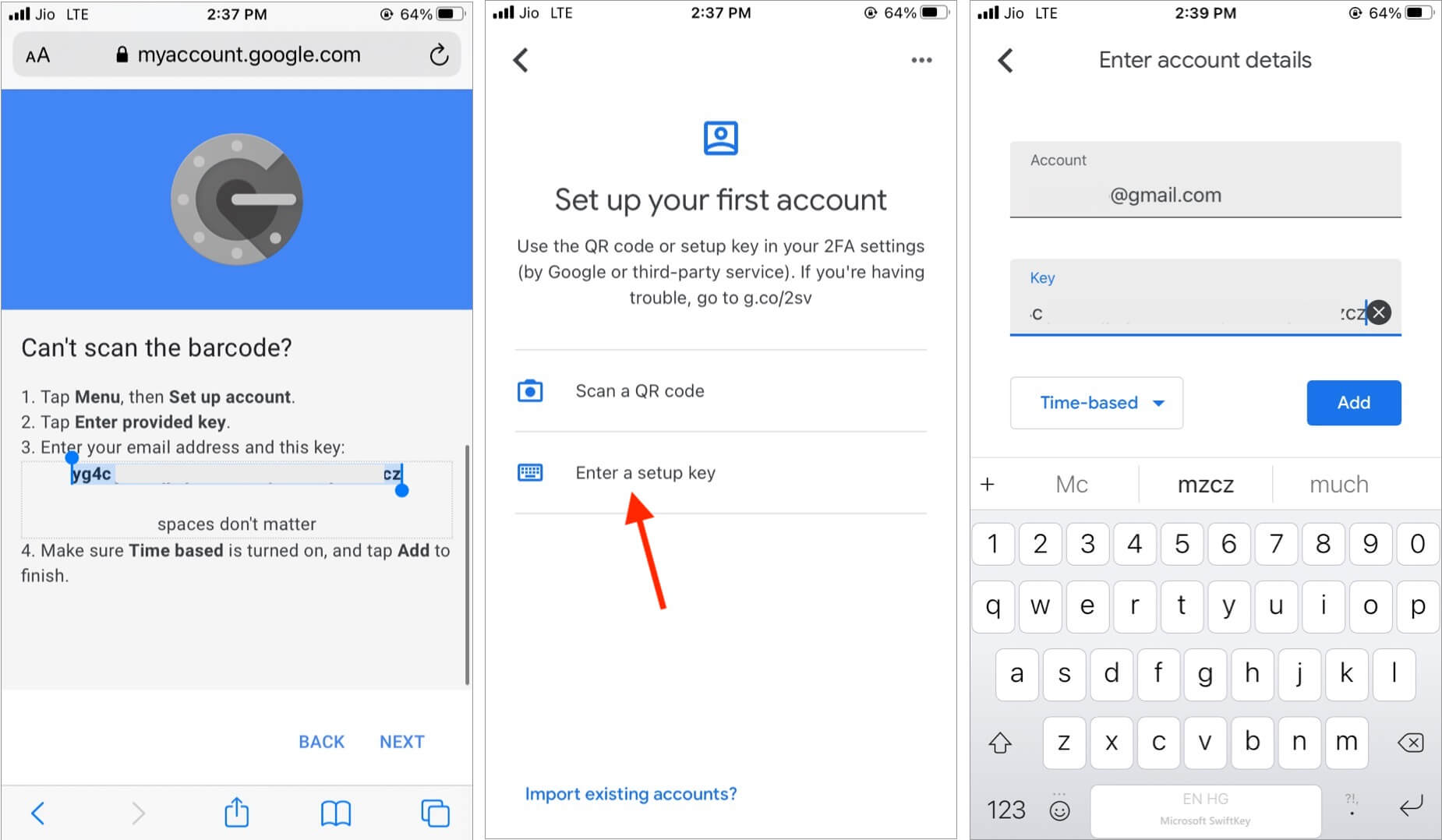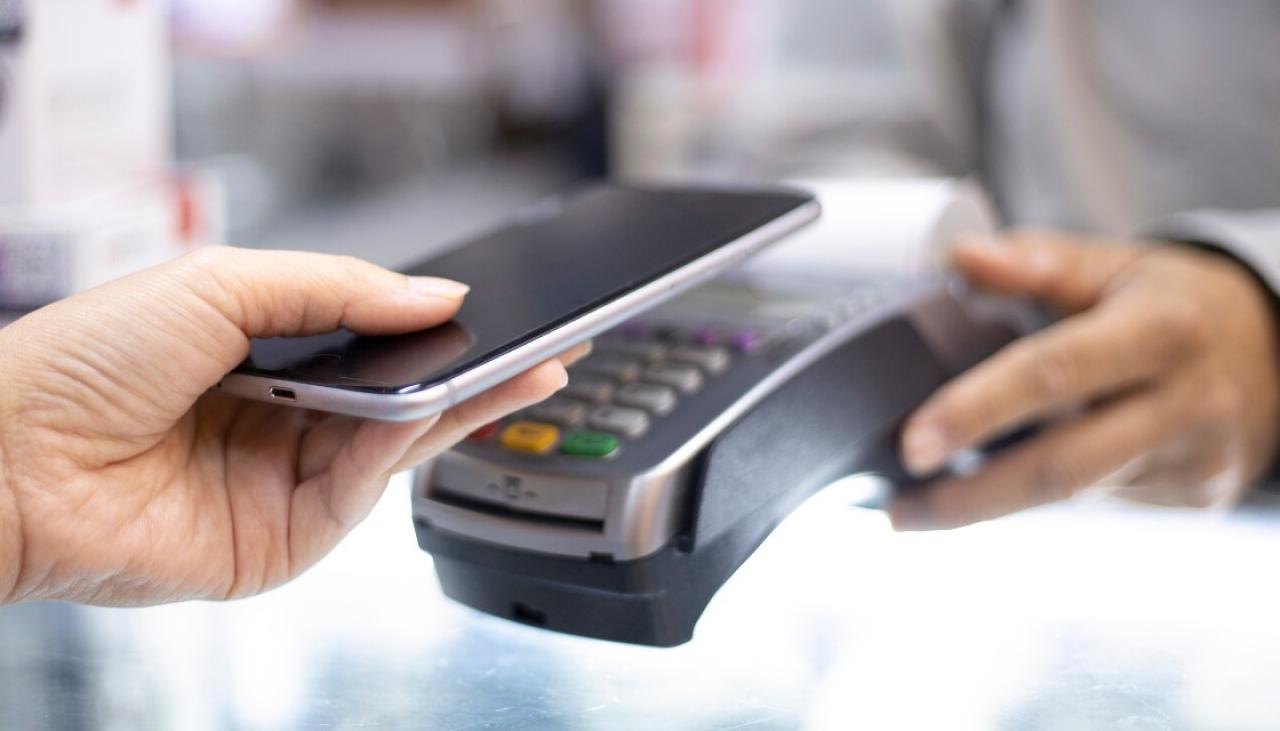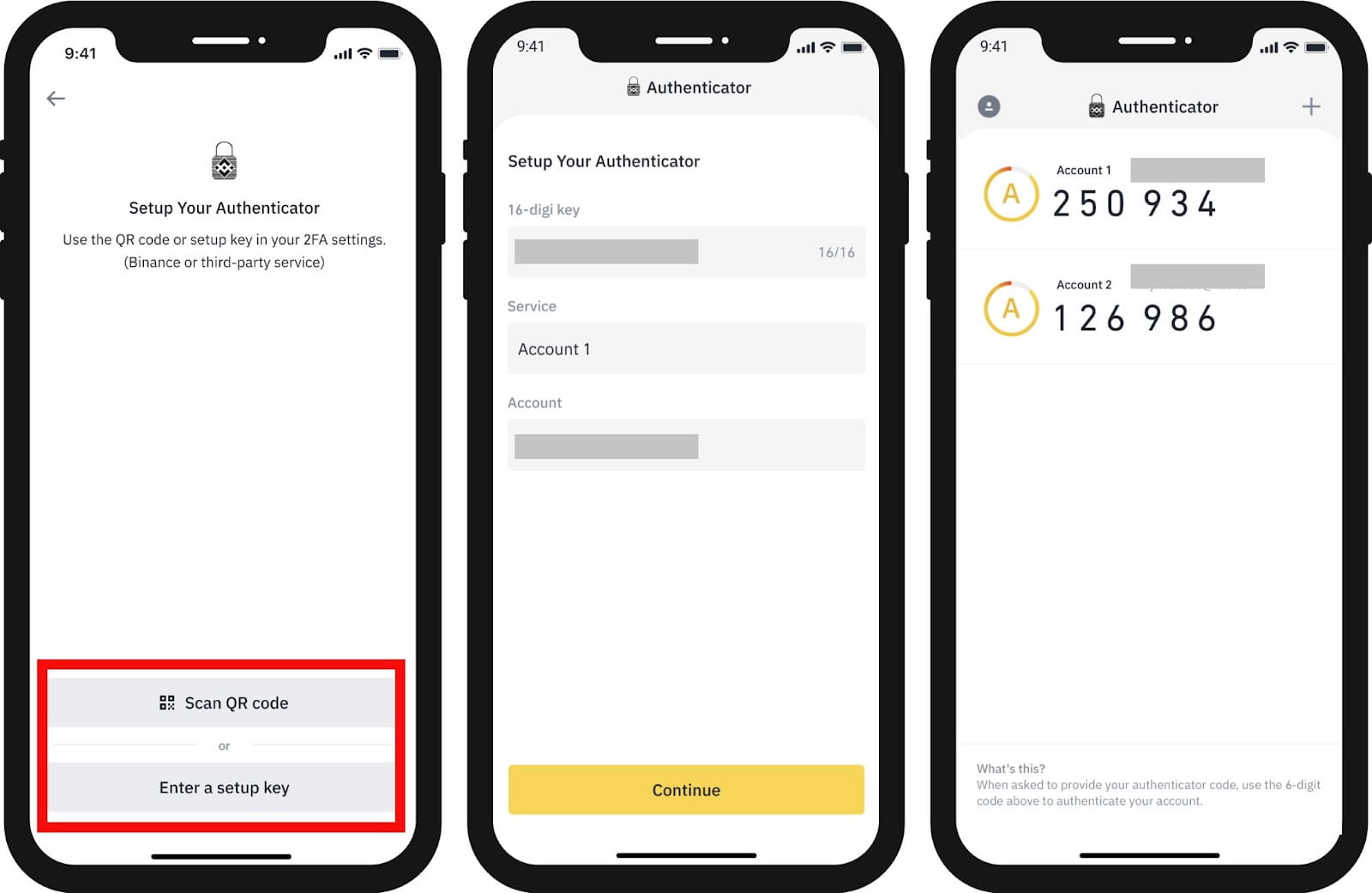Introduction
Downloading apps is a common practice for smartphone and tablet users. Whether it’s for entertainment, productivity, or staying connected, apps have become an integral part of our daily lives. However, one of the hurdles that often accompany app downloads is verification.
Verification is a process implemented by app developers to ensure the security and legitimacy of the downloaded apps. It helps protect users from potentially harmful or malicious software. While verification is an essential security measure, it can sometimes be a hassle, especially when you just want to quickly download an app without going through the verification process.
In this article, we’ll explore why apps require verification, the risks and precautions associated with downloading apps without verification, and several methods that can be used to download apps without going through the verification process. Whether you’re looking to save time or simply prefer a seamless app download experience, the following methods will help you in your quest to download apps without verification.
Why do apps require verification?
App verification serves as a crucial step in ensuring the security and authenticity of downloaded applications. It aims to protect users from potential threats and malicious software. Here are a few reasons why apps require verification:
- Security: Verification acts as a security measure to prevent the installation of harmful apps on users’ devices. It helps in identifying and blocking apps that may contain malware, spyware, or viruses, safeguarding users’ personal information and device integrity.
- Developer Guidelines: App stores have specific guidelines and policies that developers must adhere to for their apps to be listed. Verification ensures that apps meet these guidelines, including requirements for privacy, content standards, and user safety. By enforcing these guidelines, app stores maintain a certain level of quality and reliability.
- Protecting Intellectual Property: Verification is crucial for protecting intellectual property rights. It helps prevent unauthorized distribution and ensures that only authorized versions of apps are accessible to users. This benefit extends to both app developers and copyright holders.
- Preventing Piracy: Verification helps combat app piracy by preventing unauthorized downloads and installations. It verifies the legitimacy of app ownership, making it more challenging for individuals to distribute cracked or modified versions of apps illegally.
By implementing verification, app developers and app stores work together to create a safer and more reliable environment for users to download and use apps. However, it’s understandable that some users may find these verification processes time-consuming or inconvenient.
In the following sections, we’ll discuss the risks and precautions associated with bypassing app verification and explore alternative methods for downloading apps without going through the verification process.
Risks and precautions for downloading apps without verification
While bypassing app verification may offer a more convenient way to download apps, it’s important to be aware of the potential risks and take necessary precautions. Here are some key considerations:
- Security Risks: Downloading apps from unofficial sources or without verification increases the risk of installing malware or harmful software on your device. These apps may have hidden malicious codes that can compromise your privacy and security. It’s crucial to only download apps from trusted sources and to thoroughly research the app’s reputation before proceeding.
- Data Privacy: Apps downloaded without verification may pose a higher risk to your personal information and data privacy. Without undergoing the verification process, there’s no guarantee that the app follows essential privacy practices or safeguards your data appropriately. Be cautious when sharing sensitive information with such apps, especially if they require permissions that seem unnecessary for their functionality.
- Compatibility Issues: Apps downloaded without verification may not be compatible with your device’s operating system or hardware. This can lead to frequent crashes, performance issues, or even device malfunctions. Always ensure that the app you’re downloading is designed for your specific device and operating system version to avoid any compatibility problems.
- Limited Updates and Support: Apps downloaded from unofficial or unverified sources may not receive regular updates or technical support from the developer. This can result in missing out on essential bug fixes, security patches, and new features, leaving your device vulnerable to potential threats. Stick to trusted app stores or reputable third-party sources to ensure reliable updates and support for the apps you download.
- Legal Consequences: In some cases, downloading apps without verification may violate copyright laws and terms of service. It’s important to understand the legal implications and potential consequences of using pirated or unauthorized apps. Avoid engaging in illegal activities and respect the intellectual property rights of app developers.
When deciding to download apps without verification, it’s essential to weigh the convenience against these risks and exercise caution. Being mindful of the potential dangers and taking appropriate precautions can help you make informed decisions while ensuring the security and privacy of your device and personal data.
How to download apps without verification
If you’re looking for alternative methods to download apps without going through the verification process, there are several options available. Here are a few methods you can consider:
- Downloading from third-party app stores: There are various third-party app stores available that offer a wide range of apps without the need for verification. While using these stores, it is important to exercise caution and only download apps from trusted sources. Some popular third-party app stores include APKMirror, Aptoide, and F-Droid.
- Sideloading apps using APK files: APK files are the installation files used for Android apps. By downloading the APK file of an app from a trusted source and manually installing it on your device, you can bypass the verification process. However, make sure to enable “Unknown Sources” in your device settings and only download from reputable websites.
- Bypassing verification on rooted devices: Rooting your Android device grants you administrative privileges, allowing you to bypass certain restrictions, including app verification. Keep in mind that rooting your device may void its warranty and expose it to potential security risks. If you choose to root your device, do thorough research and follow proper instructions to minimize any adverse effects.
- Using virtual machines or Android emulators: Virtual machines or Android emulators allow you to run Android OS on your computer. By using these tools, you can download and install apps without verification on the virtual environment. This method is useful for testing apps or running apps that are not officially available for your device.
It’s important to note that these methods come with their own risks and considerations. Always prioritize your device’s security and take necessary precautions when downloading apps from unofficial sources or bypassing verification. Research and read user reviews to ensure the reputation and reliability of the apps and sources you choose.
Remember to regularly update your apps, enable security features such as app scanning, and practice good digital hygiene to minimize the chances of downloading malicious or harmful software. Your device’s security should always be a top priority, even when opting for alternative methods of app installation.
Method 1: Downloading from third-party app stores
One of the easiest ways to download apps without verification is by using third-party app stores. These stores provide an alternative platform where you can find a wide range of apps, including those not available on official app stores. Here’s how you can download apps from third-party app stores:
- Research and choose a trusted third-party app store: Before downloading any app from a third-party app store, it’s important to do your research and ensure that the store is reputable and trustworthy. Look for reviews, ratings, and user feedback to gauge the reliability and safety of the app store.
- Enable installation from unknown sources: By default, Android devices do not allow installations from unknown sources for security reasons. To download apps from third-party stores, you need to enable this feature. Go to your device’s settings, navigate to “Security” or “Privacy,” and enable the option for “Unknown Sources.”
- Download and install the third-party app store: Visit the official website of the chosen third-party app store and download the installation file (usually in the form of an APK file). Once the download is complete, locate the file in your device’s file manager and tap on it to begin the installation process. Follow the on-screen instructions to install the app store on your device.
- Search for and download apps: Open the third-party app store and use the search function to find the app you want to download. Look for apps that have good ratings, positive reviews, and a large number of downloads. Once you’ve found the desired app, simply tap on the “Download” or “Install” button to initiate the download process.
- Enable additional security measures: To enhance your device’s security, consider installing an antivirus or security app from a trusted source. These apps can help detect and mitigate any potential risks associated with downloading apps from third-party stores.
While downloading apps from third-party app stores can provide access to a wide range of apps without verification, it’s crucial to exercise caution. Be discerning when choosing the app store and pay attention to the permissions requested by the apps you download. Stick to well-known and reputable third-party stores to minimize the risk of downloading malware or untrustworthy apps.
Remember to regularly update your apps from the third-party store and monitor user reviews to ensure the apps you download are reliable and secure. By following these steps and taking necessary precautions, you can safely download apps without the hassle of app verification.
Method 2: Sideloading apps using APK files
If you prefer to download apps without going through the verification process, sideloading apps using APK files can be an effective method. This approach allows you to manually install apps on your device by bypassing the official app store. Here’s how you can sideload apps using APK files:
- Find a trusted source for APK files: When sideloading apps, it’s crucial to download APK files from trusted sources to minimize the risk of installing malware or harmful software. Look for reputable websites or forums that offer reliable and verified APK files.
- Enable installation from unknown sources: Before installing apps from APK files, you need to enable the option to install apps from unknown sources on your device. Go to your device’s settings, navigate to “Security” or “Privacy,” and enable the option for “Unknown Sources.”
- Download the APK file: Visit the trusted source and search for the app you want to download. Download the corresponding APK file to your device. Make sure to check the compatibility of the APK file with your device’s operating system version.
- Locate the APK file: Once the download is complete, use a file manager app to navigate to the location where the APK file is saved on your device. You can find it in the “Download” folder or any other location you specified during the download.
- Install the app: Tap on the APK file to initiate the installation process. You may see a prompt asking for your permission to install the app. Review the permissions requested by the app and proceed with the installation if you’re comfortable with them.
- Complete the installation: Once the installation is complete, you can find the app on your device’s app drawer or home screen. Launch the app and configure any necessary settings or permissions to start using it.
- Be cautious and stay updated: When sideloading apps, it’s important to stay vigilant and be mindful of the potential risks. Regularly check for updates for the sideloaded apps and download them from trusted sources to ensure you have the latest security patches and bug fixes.
Remember, sideloading apps using APK files might void your device’s warranty, and you assume the responsibility for the security and integrity of the apps you install. Be selective and cautious when downloading APK files, and only install apps from reputable sources to minimize the risk of downloading malicious or untrustworthy apps.
By following these steps and being cautious, sideloading apps using APK files can provide a convenient way to download apps without the need for app verification.
Method 3: Bypassing verification on rooted devices
If you have a rooted Android device, you have the option to bypass app verification altogether. Rooting your device gives you administrative privileges, allowing you to make system-level changes and override certain restrictions. Here’s how you can bypass verification on rooted devices:
- Root your Android device: Rooting your device involves gaining privileged access to the root directory of the operating system. It’s essential to understand that rooting your device may void its warranty and can have potential security risks. Research the specific rooting method for your device model and follow the instructions carefully to safely root your device.
- Install a root management app: Once you have successfully rooted your device, install a root management app such as SuperSU or Magisk. These apps allow you to control which apps and processes have access to root privileges on your device.
- Grant root access to the app: In the root management app, you can specify which apps you want to grant root access to. Find the app you want to download without verification and grant it root access in the root management app. This allows the app to bypass the usual verification process that non-rooted devices need to go through.
- Download and install the app: After granting root access to the app, you can then proceed to download and install it from a trusted source or app store. Since the app is running with root privileges, it can bypass the verification requirement and be installed on your rooted device.
- Exercise caution: Bypassing verification on rooted devices can pose security risks if not done carefully. It’s important to only grant root access to apps from trusted sources and exercise caution when downloading and installing apps that require root privileges. Be mindful of the permissions requested by the apps and ensure they align with the app’s intended functionality.
Keep in mind that bypassing verification on rooted devices is a decision that should be made with caution. Rooting your device carries potential risks, and it’s important to understand the implications and take necessary precautions. Rooting can also void your device’s warranty, so it’s crucial to weigh the benefits against the drawbacks before proceeding.
If you choose to bypass app verification on a rooted device, always exercise caution and only install apps from trusted sources to minimize the risk of downloading malicious software or compromising your device’s security.
Method 4: Using virtual machines or Android emulators
Another method to download apps without verification is by using virtual machines or Android emulators. These tools allow you to create a virtual environment on your computer where you can run the Android operating system. Here’s how you can use virtual machines or Android emulators to download apps without verification:
- Choose a virtual machine or Android emulator: There are several virtual machine software options available, such as VirtualBox and VMware, that support running Android as a virtual operating system. Alternatively, you can use specialized Android emulators like BlueStacks or Genymotion.
- Download and install the virtual machine or emulator: Visit the official website of the chosen software and download the installation file. Follow the provided instructions to install the virtual machine or emulator on your computer.
- Set up the virtual machine or emulator: Once installed, launch the virtual machine or emulator. You may need to provide certain configuration details, such as the amount of RAM to allocate, storage size, and Android version to use. Follow the on-screen instructions to set up the virtual environment.
- Login to your Google account: In the virtual machine or emulator, sign in with your Google account just like you would on an Android device. This will give you access to the Google Play Store and allow you to download apps without verification.
- Search for and download apps: Open the Google Play Store or any other trusted app store within the virtual machine or emulator. Search for the app you want to download and install it just as you would on an Android device. The app will be downloaded and installed within the virtual environment.
- Configure the app and use it: Once the app is installed, you can launch it and configure any necessary settings or permissions. The app will run within the virtual machine or emulator environment, giving you the ability to use it without going through the typical verification process.
Using virtual machines or Android emulators is especially useful when you want to access apps that are incompatible with your device or unavailable in your region. However, it’s important to note that some apps may not function perfectly within the virtual environment due to potential limitations or compatibility issues.
Always download apps from trusted sources within the virtual machine or emulator and exercise caution to ensure the security of your virtual environment. Regularly update the virtual machine or emulator software to benefit from bug fixes and security patches, and only download apps from reliable app stores to minimize the risk of downloading malicious software.
By following these steps, you can utilize virtual machines or Android emulators to download and use apps without the need for app verification.
Conclusion
Downloading apps without verification can provide a more streamlined experience for users who want to quickly access new apps or bypass the often time-consuming verification process. However, it’s crucial to balance convenience with caution and be aware of the potential risks involved.
In this article, we explored various methods to download apps without verification. From downloading apps from third-party stores to sideloading APK files, bypassing verification on rooted devices, and using virtual machines or Android emulators, each method offers its own benefits and considerations. It’s important to choose the method that aligns with your preferences and device capabilities.
While these methods can bypass app verification, it’s essential to exercise caution and take necessary precautions to protect your device’s security and your personal data. Download apps from trusted sources, read user reviews, and keep your device and apps updated with the latest security patches.
Remember, app verification serves as a security measure to ensure the integrity and safety of the apps you download. By bypassing this process, you assume more responsibility in ensuring the apps you install are secure and reliable. Be mindful of the risks associated with downloading apps without verification and make informed decisions.
Lastly, it’s important to note that the methods discussed in this article may have their own limitations and potential risks. Always research, follow official instructions, and use reliable sources when using these methods.
With the right mindset and proper precautions, you can explore alternative methods to download apps without going through the standard verification process and enjoy a more convenient app download experience.







